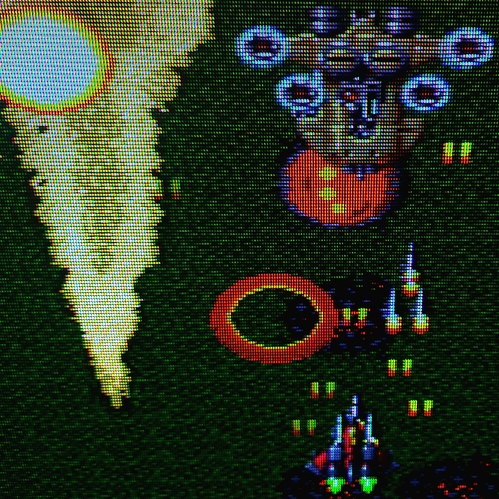I’m not sure I agree with your analogy 100%.
I see the emulator/core as providing only the raw unencoded and unprocessed video source and Megatron or any other CRT Shader as having the responsibility of handling both the video output encoding stages and also the “display” functionality of simulating various CRT TVs.
In fact this is what all those NTSC filters/Shaders are about.
If this wasn’t the case and Megatron was just the “display” and everything else was done at the emulator/core level then Sega Genesis games would have blending and transparency just by “hooking up” the emulator/core to the “display”.
However this is not the case unless we add TV system filters to the output stage of the core or as shaders.
If what you say is correct then you should be able to use one preset with any emulator and have acceptable Gamma/Saturation.
In practice, if you take a preset that’s highly tuned for SNES Core output and you use it on an NES Core, it’s going to look very oversaturated.
Similarly, if you take that same SNES tuned preset and try to use it to play CPS1 games, it’s going to look a bit too bright and washed out.
So the shader has a role to play from even before the video signal leaves the box, all the way through the various TV inputs and finally for display on those virtual phosphors.













